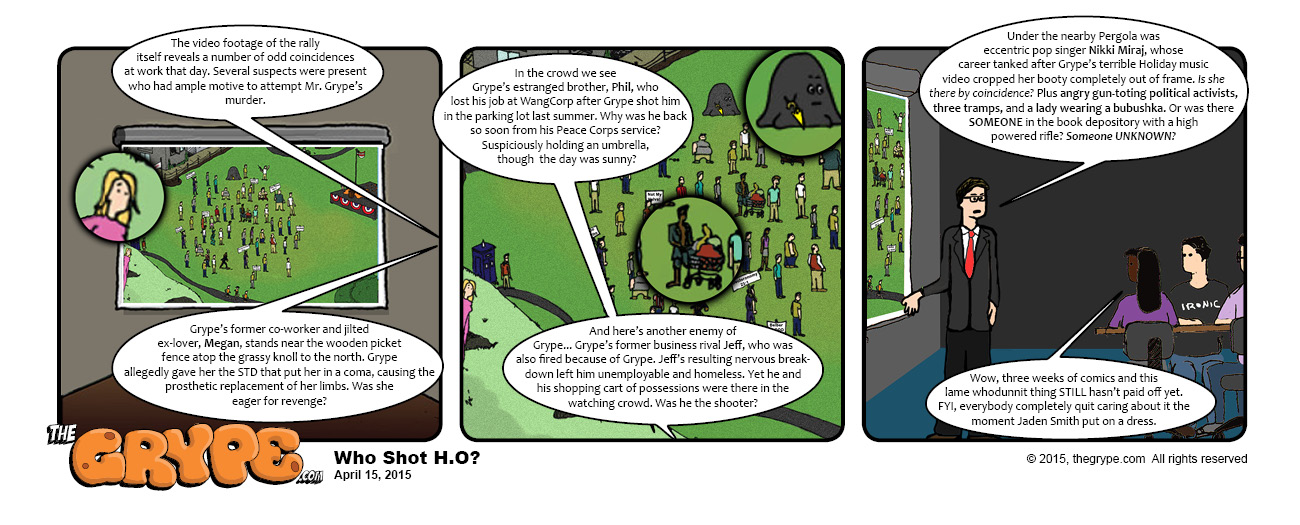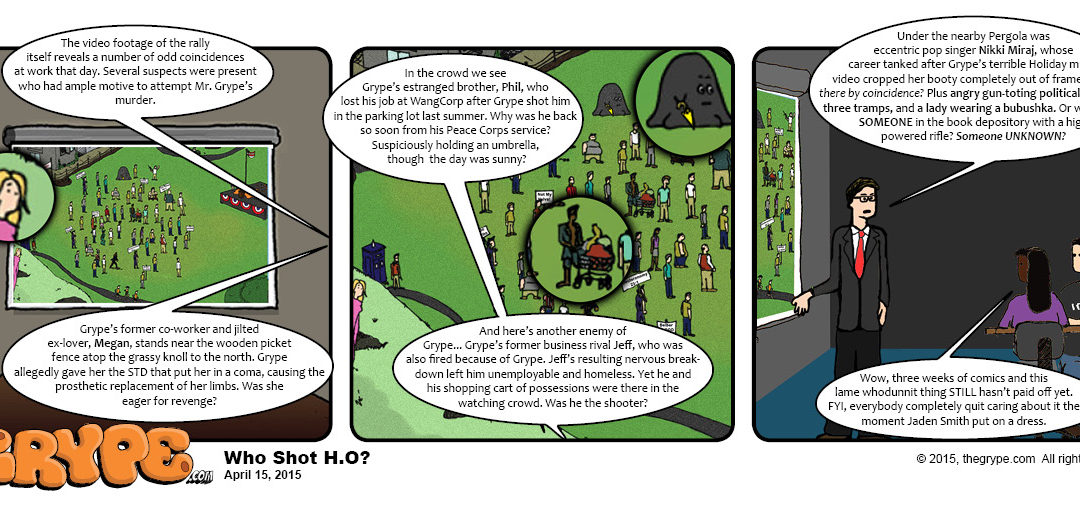 One of the most confusing hot-button issues presently under scrutiny in our society is what, precisely, defines Constitutionally-prohibited “discrimination” versus the Constitutionally-protected expression of opinion as “free speech.” And situations in which otherwise nice people somehow wind up on the wrong side of that line.
One of the most confusing hot-button issues presently under scrutiny in our society is what, precisely, defines Constitutionally-prohibited “discrimination” versus the Constitutionally-protected expression of opinion as “free speech.” And situations in which otherwise nice people somehow wind up on the wrong side of that line.
I think the issue is confusing because there are two different kinds of discrimination at work: PERSONAL DISCRIMINATION and INSTITUTIONAL DISCRIMINATION. Both types exist across all spectrums of society. Most people don’t bother to delineate discrimination into two categories in such a way, but they really should. It explains a lot.
For instance: you can absolutely have a grouping (be it social or business/industrial) in which there is little, if any, “personal” discrimination going on. Meaning the individuals involved with that group do not discriminate according to race or sex on an individual personal level, because they aren’t particularly racist or sexist.
BUT! In that same grouping, it may be the case that there is INSTITUTIONAL racism or sexism (or whatever “ism” one happens to be discussing) emplaced within the rules— both spoken and unspoken—that govern that group. Rules that may have been in place for a very long time, carried down from other such groups or institutions over the same period. Those rules may be essentially invisible, since those governed by them seldom if ever acknowledge them or verbalize them— but they continue to exhibit an effect on the actions and policies made by those within that group.
In the case of sexism, the whole equal-pay/equal-business-opportunity issue is usually one of invisible “institutional” discrimination rooted throughout Western business for centuries, dating from a time period during which:
(1) Working women were a rarity, were considered less capable overall in a business setting, and were still considered an anomaly in a business world occupied and governed primarily by men.
(2) Men were considered the primary bread-winners in the family unit, relegating women to a subordinate role and reducing their earning potential to a mere-supplementary role to the “big salary” of their husband or (in the case of single women) to that of their father.
Those two factors, supported by the common social mores of their day, complimented one another to instill an unspoken “rule” in Western business that it was less-important for women to be successful in a business environment than it was for men, and that big positions and salaries should be reserved for men (who were presumably more “capable” and responsible for a whole family, rather than just providing supplemental financial aid to an actual bread-winner).
This combines with a similar cultural hold-over that still exists in our society, which insists that men are inherently better candidates for positions of authority; this bias keeps popping up in behavioral tests and experiments wherein subjects of both sexes habitually show more respect and trust toward male authority figures versus female. Once again: in blind testing, BOTH men and women habitually default to placing more confidence in male leaders, doctors, teachers, etc., than in their female counterparts.
Although such thinking has been repeatedly disproved over the past hundred years, the subtle behavioral pressure exerted by our social conditioning— outdated though it is— continues to have a constant effect on how our social systems function.
Institutional discrimination— the “good ‘ol boys club,” or the “glass ceiling,” or whatever you want to call it— is quite real. But it’s hard to kill, because it never gets written down and is seldom spoken aloud; it’s rooted in a supposed-common-sense-based moral-superiority passed down through generations via the glorification of an idealized patriarchal “Judge Hardy/Ward Cleaver” family structure; and because NO ONE SIGNS THEIR NAME TO IT. You can’t target it and shame it out of existence the same way you can target a single bigot by exposing the ridiculousness of his/her bigotry, because no one “officially” embraces or perpetuates it. It just sort of “happens” whenever someone in authority in a business setting renders a decision about who gets a raise or how the salary budget is divided. Unless someone makes an active effort NOT to succumb to those pressures (which is happening more and more these days, I’m pleased to say), the big raises and high salaries tend to default to men as a matter of course. Because it’s easier to perpetuate that subliminal systemic pressure than to buck the system and cast it off. And unless deliberately challenged or put on the hot seat, most people— male or female— pick the “easy” option over the “may cause trouble” option.
The best way to fight this syndrome is to identify it, recognize it when it happens, and focus the spotlight of public opinion against it when it rears its ugly head. Admit it exists, and that just because it doesn’t have anyone’s name attached to it— or is too subtle to be identified and proved at the moment it happens— DOESN’T mean it’s not a REAL factor.

